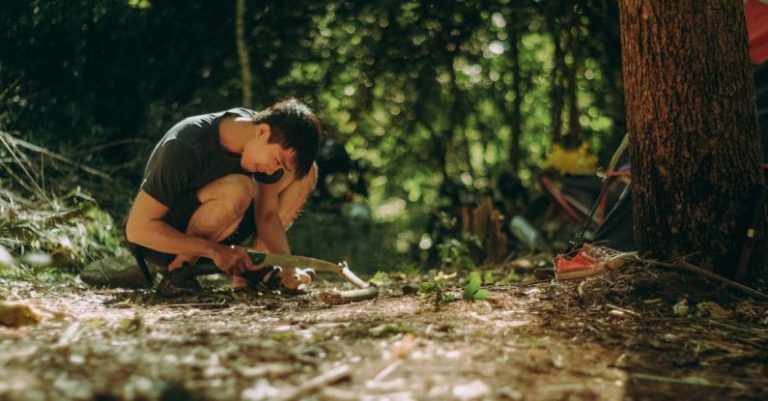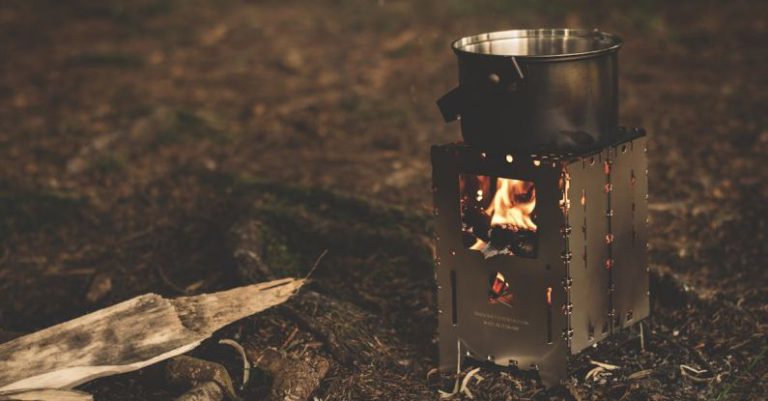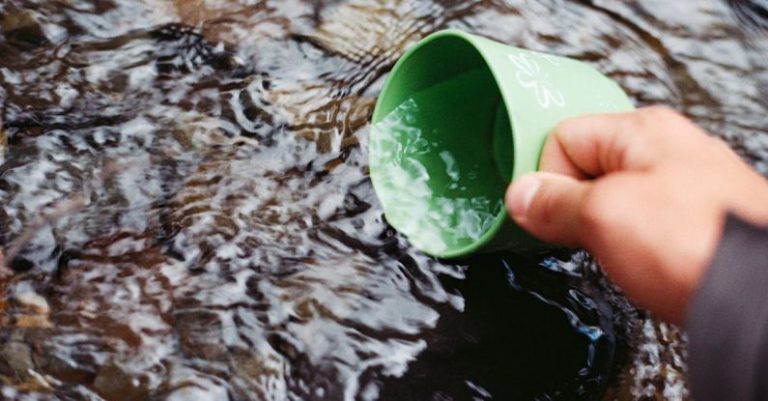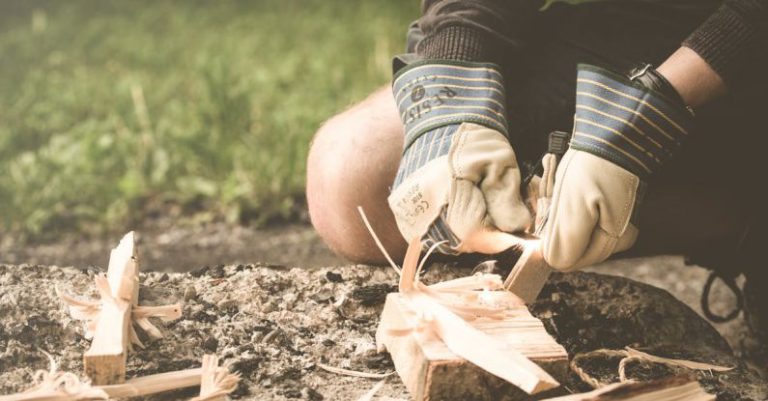
Fire has been essential for human survival and progress for thousands of years. From providing warmth and light to cooking food and warding off predators, fire has been a crucial element in the lives of early humans and continues to be important in modern society. While matches have made it incredibly easy to start a fire, knowing how to start one without them can be a valuable skill in various situations. Whether you’re out camping, in a survival situation, or simply looking to test your outdoor skills, learning how to start a fire without matches can be both challenging and rewarding.
**Understanding the Basics of Fire Starting**
Before diving into the various methods of starting a fire without matches, it’s essential to understand the basic principles of fire starting. Fire needs three main components to ignite and sustain itself: heat, fuel, and oxygen. Without one of these elements, a fire cannot burn. When starting a fire without matches, your goal is to create enough heat to ignite your fuel source while ensuring an adequate oxygen supply to sustain the fire.
**Using Flint and Steel**
One of the most traditional methods of starting a fire without matches is by using flint and steel. Flint is a hard, sedimentary rock that produces sparks when struck against steel. To start a fire using this method, hold a piece of char cloth (a fabric made from plant fibers that easily catches fire) close to the flint. Strike the steel against the flint, directing the sparks onto the char cloth. Once the char cloth catches fire, transfer it to your tinder bundle, gently blowing on it to encourage the flames.
**Creating Friction Fire**
Another ancient method of starting a fire without matches is by creating friction fire. There are several variations of this technique, with the most common being the bow drill method. To create a bow drill fire, you’ll need a bow (a curved stick with a piece of cord attached to it), a spindle (a straight, dry stick), a fire board (a flat piece of wood), and a tinder bundle. By rotating the spindle rapidly with the bow, friction is generated against the fire board, creating an ember that can be transferred to the tinder bundle to start a fire.
**Using a Magnifying Glass**
If you have a magnifying glass or a pair of eyeglasses with clear lenses, you can harness the power of the sun to start a fire. Hold the magnifying glass between the sun and your tinder bundle, adjusting the angle until you focus the sunlight into a small, intense beam. Keep the magnifying glass steady until you see the tinder start to smolder and then carefully blow on it to ignite the flames.
**Utilizing a Fire Piston**
A fire piston is a small, portable device that uses the rapid compression of air to create enough heat to ignite a piece of tinder. To start a fire with a fire piston, place a small piece of char cloth or cotton inside the piston chamber. Quickly slam the piston into the cylinder, compressing the air inside. The rapid compression generates enough heat to ignite the tinder, which can then be transferred to your fire lay.
**Experimenting with Different Methods**
Starting a fire without matches can be a fun and challenging experience that allows you to connect with ancient fire-starting techniques. While matches and lighters have made fire starting more convenient, learning how to start a fire using traditional methods can be a rewarding skill to have. By understanding the basic principles of fire starting and experimenting with different methods such as flint and steel, friction fire, magnifying glass, and fire piston, you can expand your outdoor skills and gain a deeper appreciation for the art of fire starting.
**In Summary**
Starting a fire without matches may seem daunting at first, but with practice and patience, you can master the art of traditional fire starting techniques. By exploring methods such as flint and steel, friction fire, using a magnifying glass, and utilizing a fire piston, you can enhance your outdoor skills and gain a deeper understanding of how fire has been central to human survival for centuries. So, the next time you find yourself without matches, remember that there are alternative methods available to help you ignite a flame and stay warm in the great outdoors.





